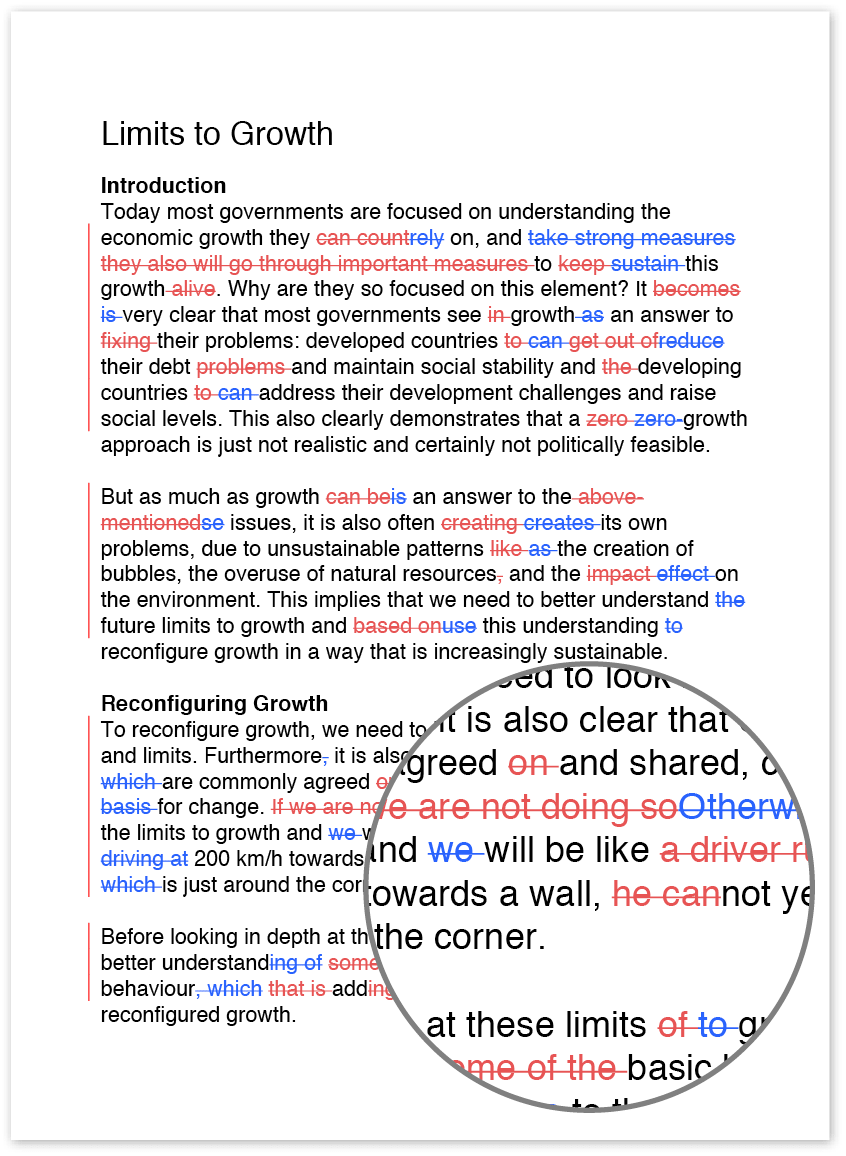When do I use semicolons instead of commas?
Many people wonder when to use a semicolon instead of a comma. Some specific rules will help you determine which of these punctuation marks you should use.
Use a semicolon to link two complete sentences and show that they have equal weight. Note that you don’t use a conjunction (e.g. and, or, but) when you use a semicolon to link sentences.
- Correct: He went to the store in the morning for milk; he went back in the evening for bread.
- Incorrect: She bought a car yesterday, her old one broke down.
- Incorrect: He decided to take music lessons; and his mother agreed.
Use a semicolon to link two complete sentences when the second sentence begins with an introductory phrase.
- Correct: We all wanted to go to a movie; however, we couldn’t find anything we wanted to see.
- Incorrect: The kids all ate multiple pieces of birthday cake, as a result, they all wound up with stomachaches.
Use a semicolon between items in a list only if one or more of the items include commas.
- Correct: He signed up for multiple classes: English, math, and science, which are core classes; history and government, which are his two favorite classes; and art, which he needs to take to graduate.
- Incorrect: She was looking for the following qualities in a pet: easy to train; hypoallergenic; and quiet.
- Incorrect: They found the following items when they opened the attic: a trunk, which they determined belonged to their grandmother, some dusty, old hatboxes, and a wardrobe, which they couldn’t unlock.

